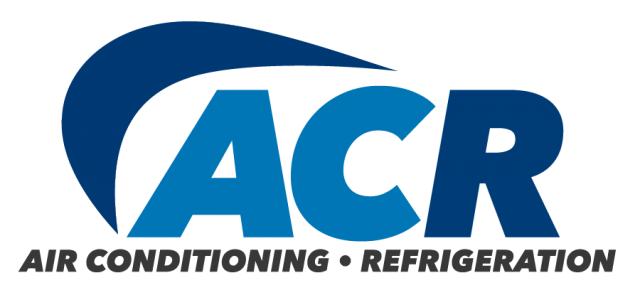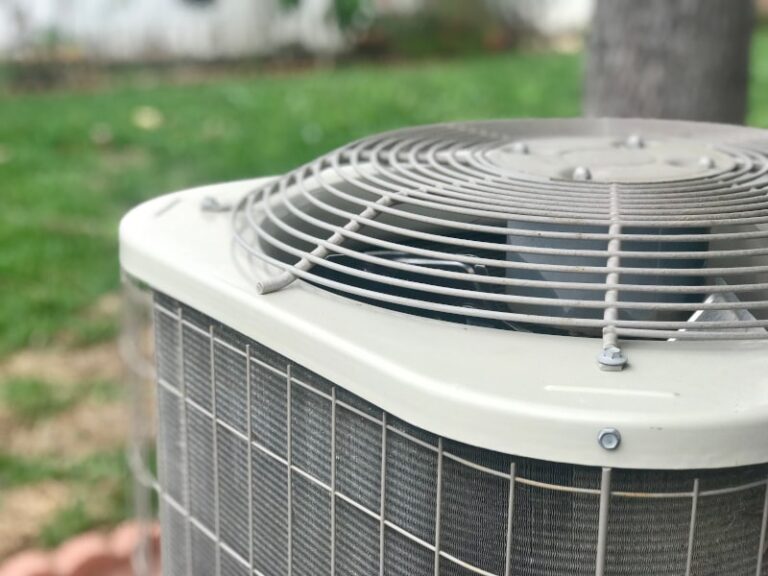Many residents in Apopka, FL, may not spend time thinking about the inner workings of their air conditioners. However, understanding the fundamental components can offer valuable insights into how they operate and their maintenance requirements. Regardless of the type, an air conditioning system typically has three essential elements, which we’ll explain here.
Compressor
If there’s one critical component, it’s the compressor, which is often considered the heart of the air conditioner. It handles the refrigerant, a chemical fluid used in transferring heat, by pressurizing and circulating it throughout the system. This compression increases the refrigerant’s temperature, enabling heat transfer from inside your home to the outdoor environment.
As a result of compression, the refrigerant transforms into a gas with high temperature and pressure. It traverses the refrigerant lines before reaching the outdoor unit’s condenser coil, another crucial component. The compressor’s role is to ensure continuous refrigerant circulation.
Once the evaporator coil absorbs heat, the compressor pushes the warmed refrigerant to the outdoor unit. That’s where the refrigerant flows through the condenser coil, where it releases the heat outdoors. This process is indispensable for cooling your home in Apopka, FL.
Evaporator Coil
The evaporator coil is within the indoor unit in many air conditioning models. It is commonly installed near or above the AC system and positioned to intercept the airflow after it passes through the air filter.
Evaporator coils consist of materials such as copper or other metals known for their efficient heat transfer properties. The coils often have fins with a zigzag or serpentine pattern to enhance heat transfer, maximizing the surface area available for heat exchange.
The primary function of the evaporator coil is to absorb heat as the blower fan pushes the indoor air over it. This causes the air temperature to decrease. Additionally, moisture in the air condenses on the coil surface, resulting in reduced humidity levels indoors.
Once the heat exchange process is complete, the cooled and dehumidified air circulates back into the living space, providing comfort to you and your family. This efficient cooling and dehumidification process ensures a comfortable indoor environment, even during hot and humid weather conditions.
Condenser Coil
Opposite the evaporator coil is the condenser coil, located within the system’s outdoor unit. This coil, housed in the condenser unit alongside other essential components such as refrigerant lines, fan motor and compressor, plays a crucial role in the cooling process.
Condenser coils consist of metals known for their ability to conduct heat effectively, such as aluminum and copper. These coils can withstand various environmental conditions. Many have an additional coating for protection, enhancing their resistance to corrosion and extending their life span.
Like evaporator coils, condenser coils have fins to increase their surface area, thereby improving heat transfer efficiency. These fins play a vital role in optimizing the performance of the coil.
The condenser coil is a vital component in the air conditioning system, responsible for releasing heat absorbed from indoor air to the outdoor environment. By maintaining proper refrigerant pressures and temperatures, the condenser coil is able to ensures the system’s cooling performance remains efficient.
Want to keep your home cool this spring and summer? Whether you need a routine maintenance check, a new installation or repairs to restore your AC system’s peak performance, call ACR Air Conditioning & Refrigeration today.
Image provided by iStock


